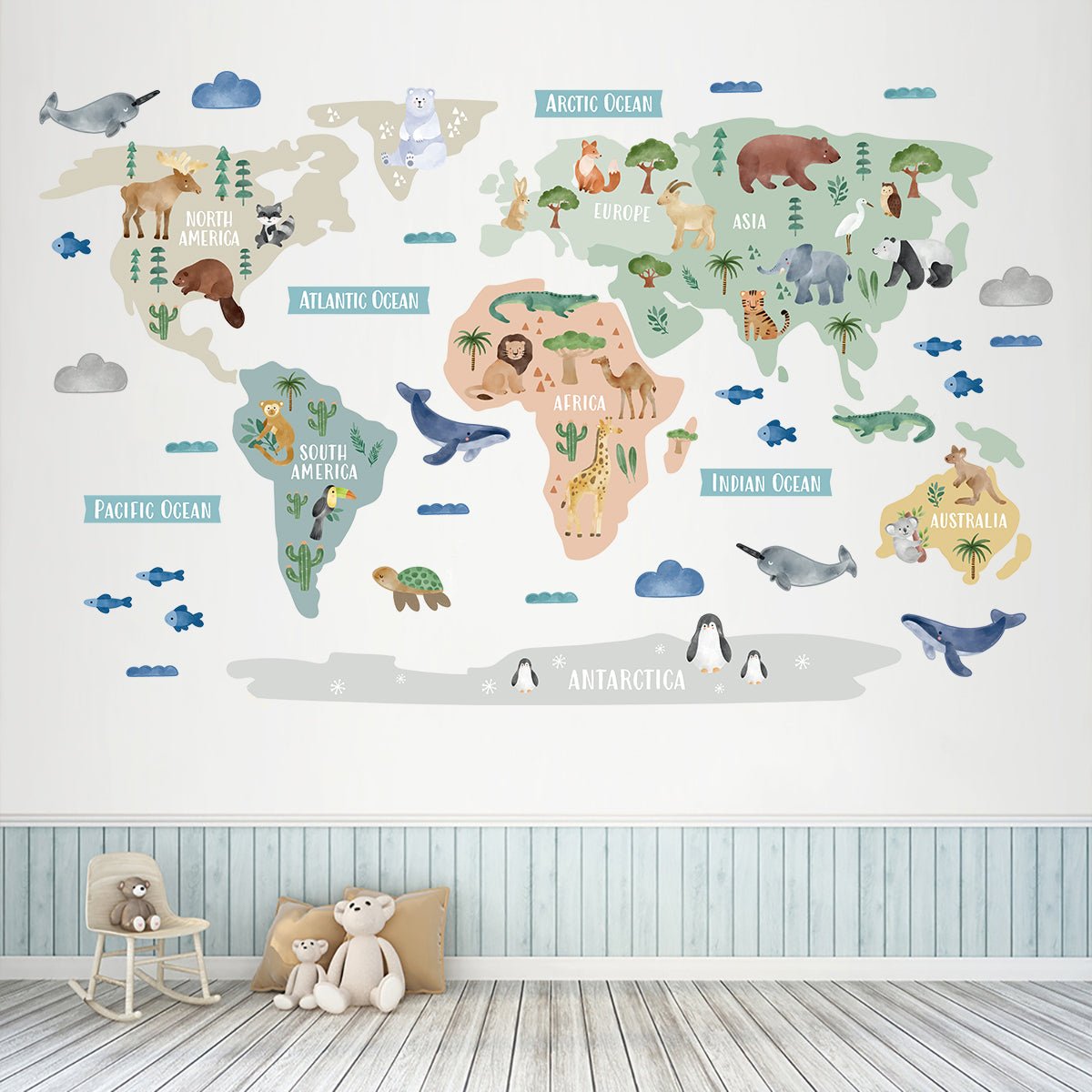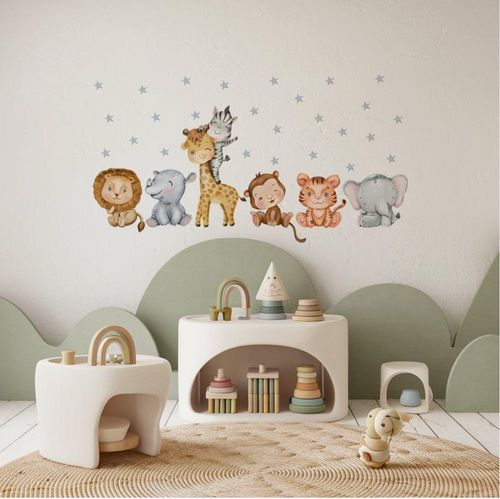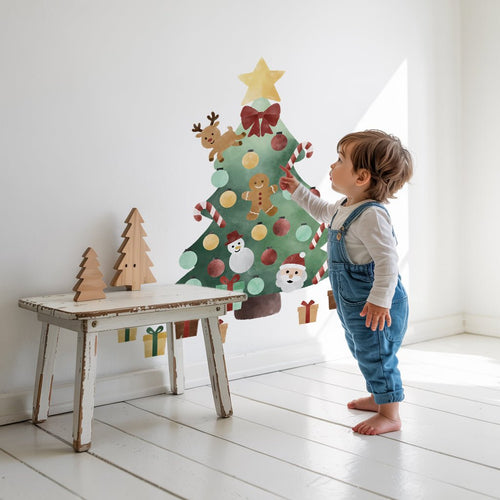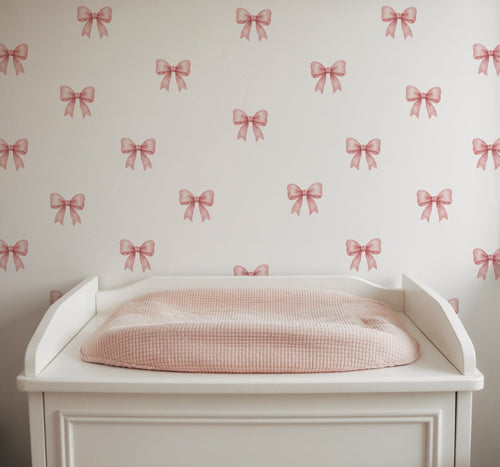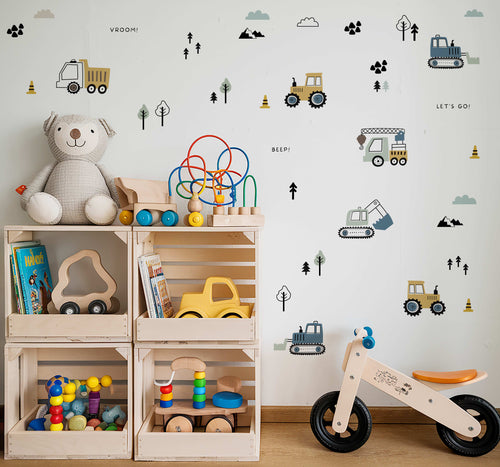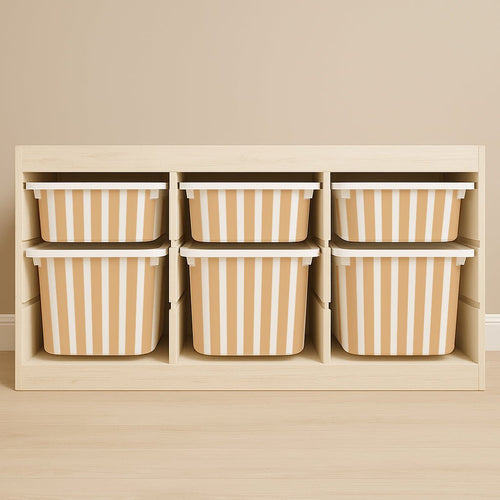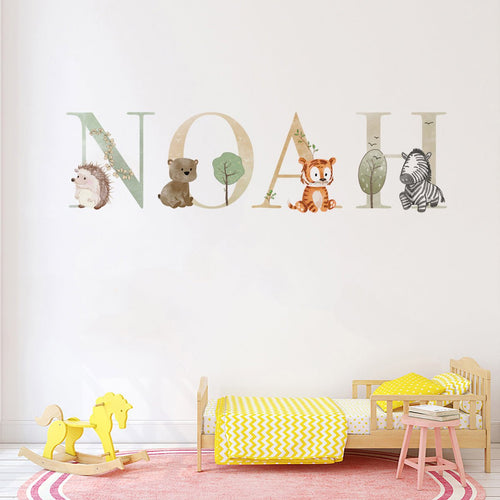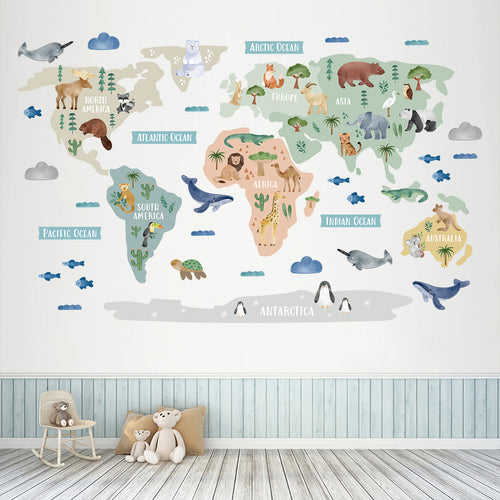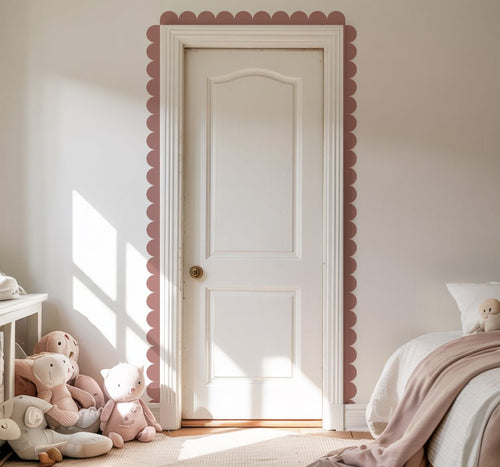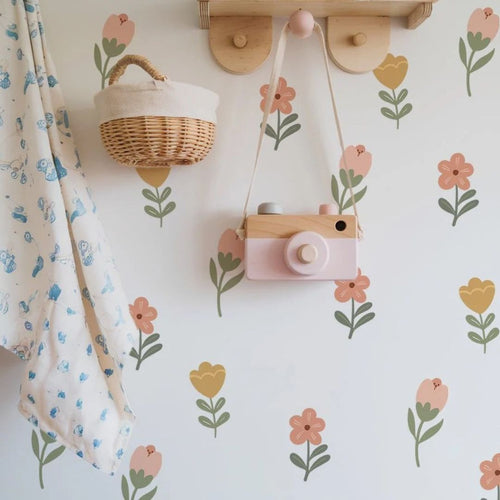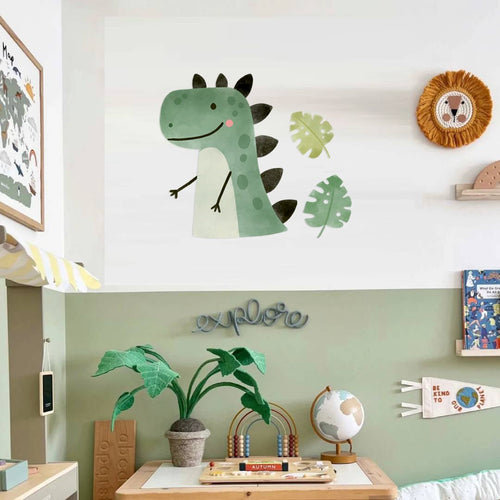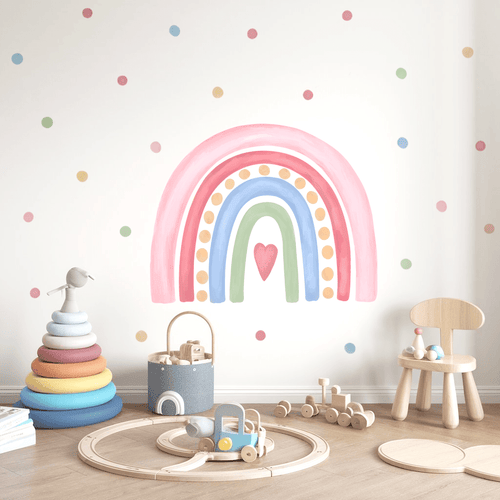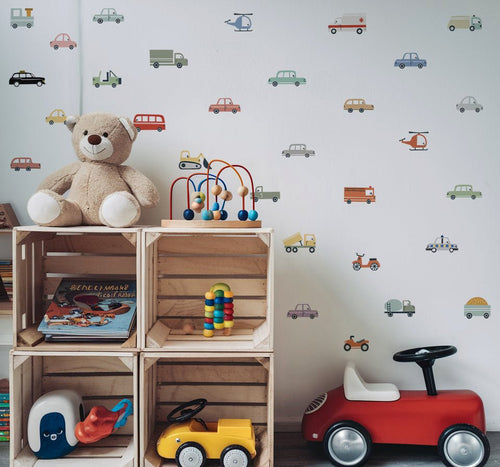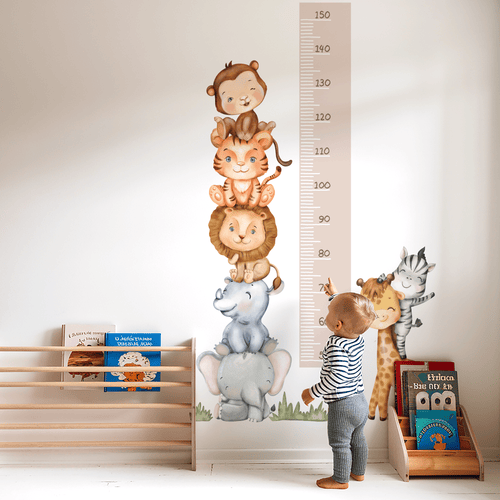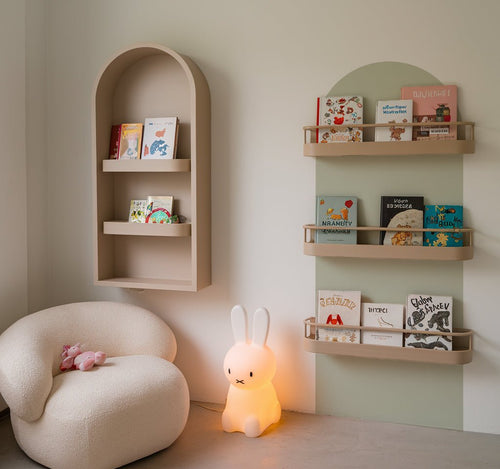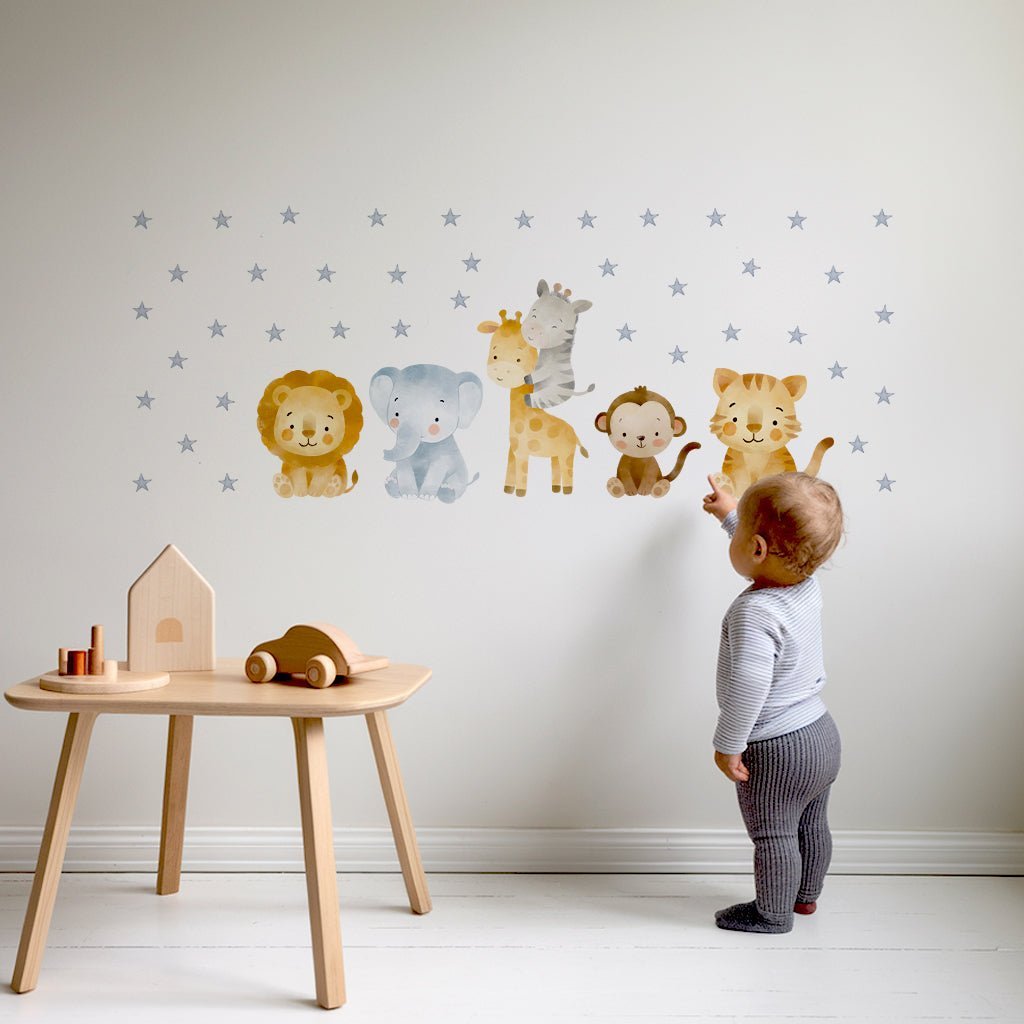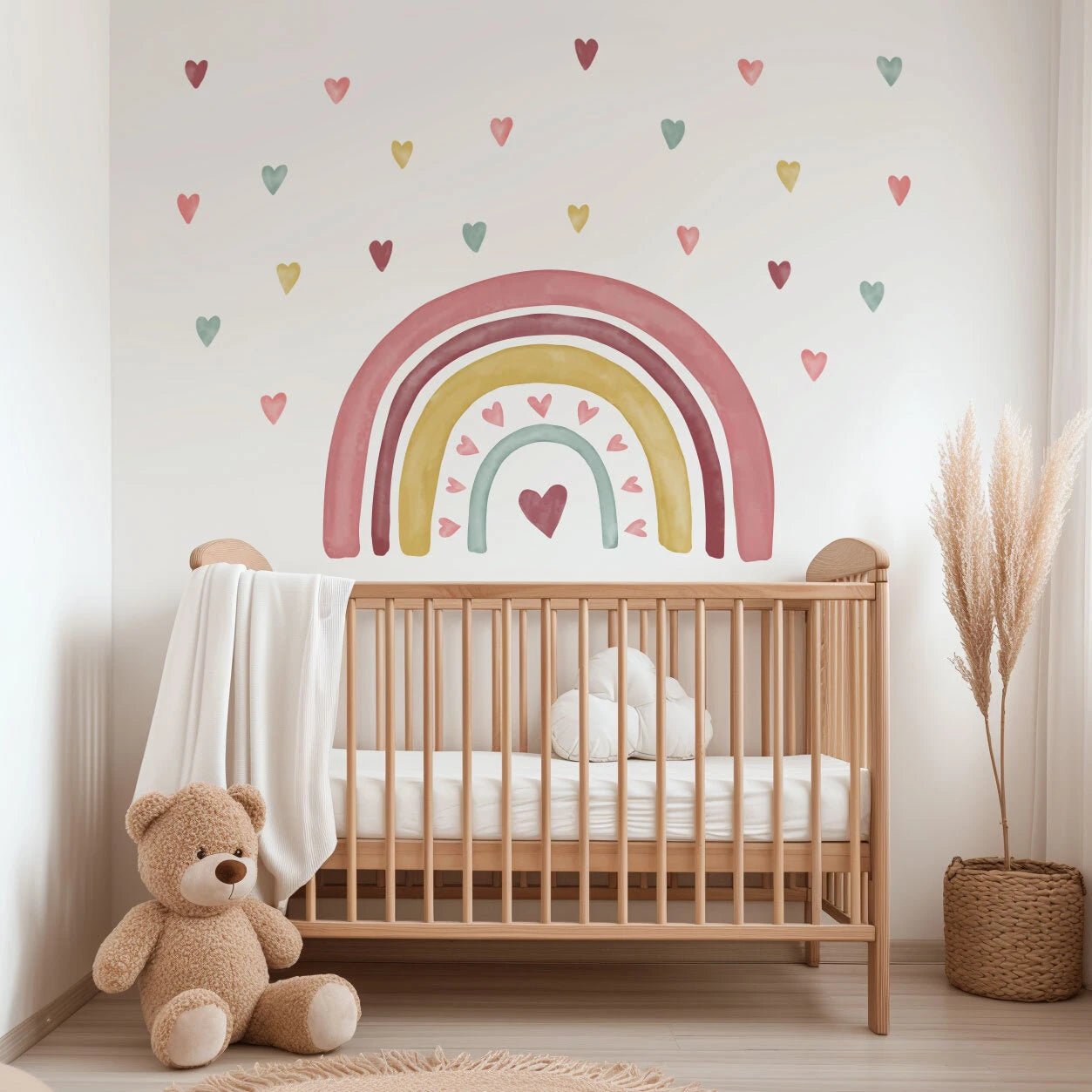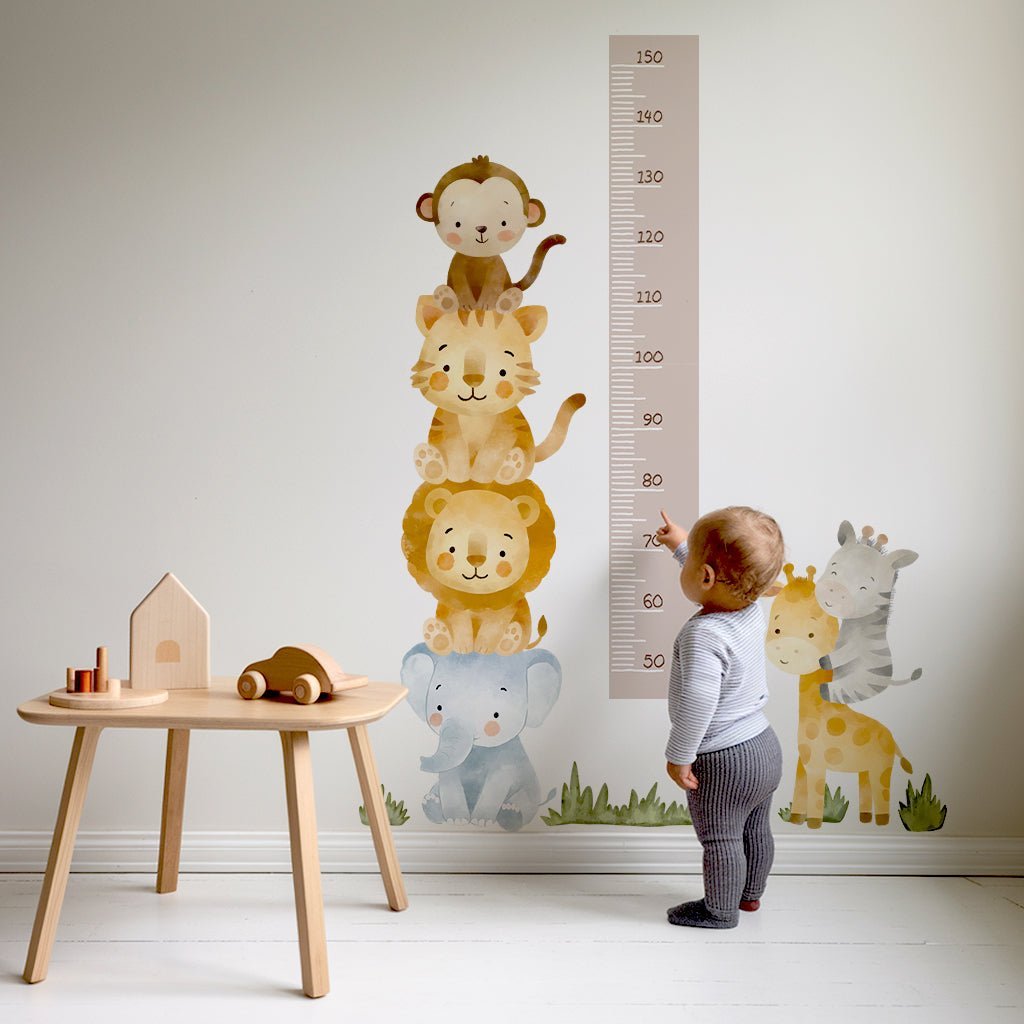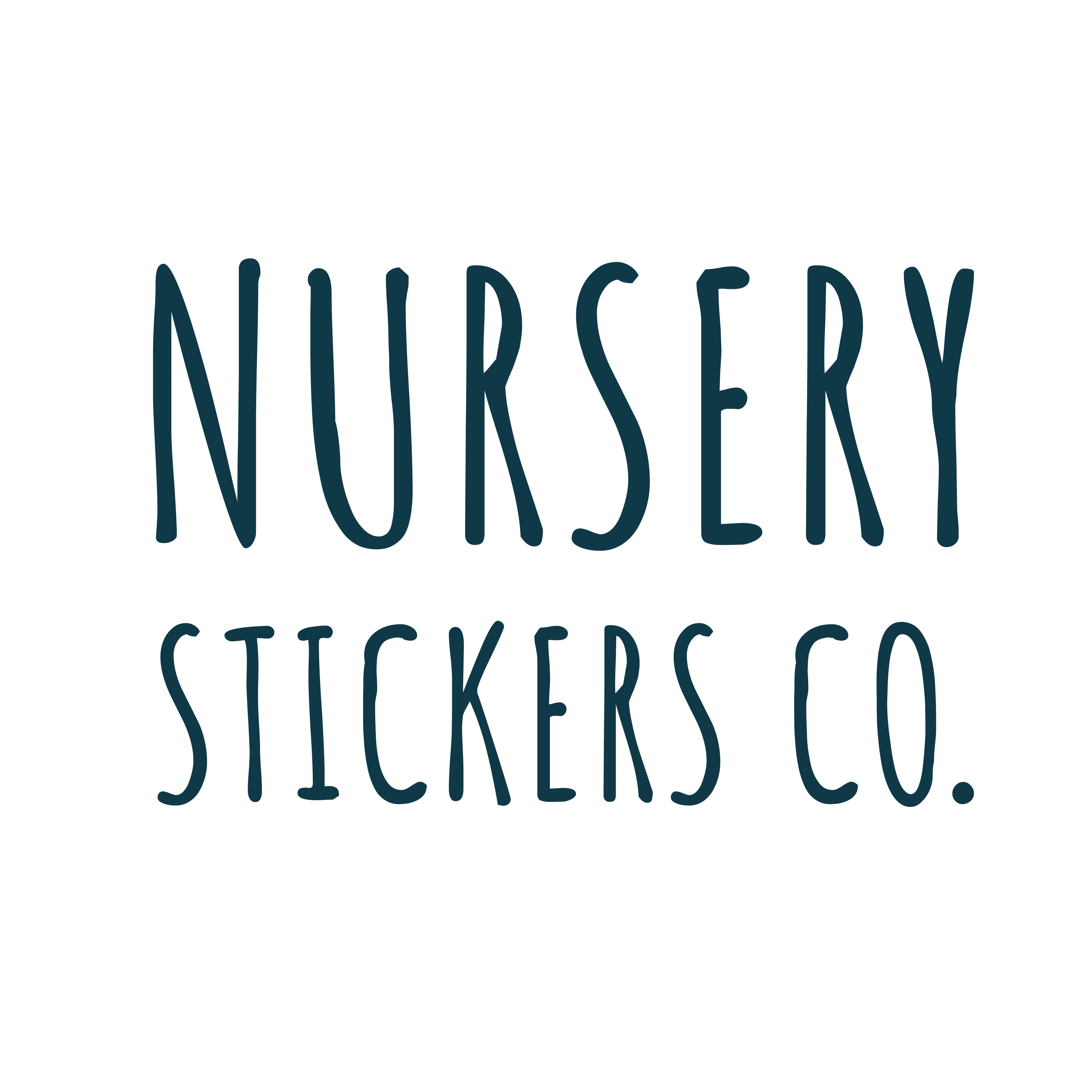Key Takeaways
- A childrens map world serves as more than just wall décor by inspiring curiosity and learning.
- The right world map can transform a child's room into a personalised and educational space.
- World maps are suitable for various ages, from nurseries to rooms for older children.
- Using a world map encourages conversations and exploration from the comfort of home.
Table of Contents
- Transform Your Child's Room with a World Map That Actually Grows with Them
- What Makes Children's World Maps Different, And Why They Matter
- How World Maps Boost Your Child's Development
- Choosing the Perfect Children's World Map for Your Space
- Wall Map Stickers vs. Posters vs. Globes, Which Is Best?
- How to Transform Your Child's Room with a World Map Sticker
- Everyday Learning, Fun Map Activities and Games for Families
- Decorating for Dreamers, Styling Inspiration by Theme, Trend, and Age
- Keeping Maps Engaging and Durable, Material Matters & Practical Care
- Real Families, Real Spaces, Stories from Parents and Children
- Shop the Look: Best Children's World Map Stickers for Any Room
Transform Your Child's Room with a World Map That Actually Grows with Them
A childrens map world isn't just wall décor, it's a passport to curiosity, learning, and countless adventures from the comfort of home. Whether you're decorating your first nursery or refreshing a room for your geography-obsessed seven-year-old, the right world map can spark conversations, support learning, and create a space that feels uniquely theirs.
The challenge? Traditional posters fade, rip, and leave you stuck with last year's obsession. That's where removable wall stickers change everything. In this guide, we'll explore how to choose the perfect children's world map, transform any room in minutes, and keep your little explorer engaged as their interests evolve.
If your child loves animals or safari themes, explore the Safari Wall Stickers Collection for playful options that complement any childrens map world. For more inspiration on choosing the right map, check out the best childrens world map for your space.
Quick Answer: What is a children's world map?
A children's world map is a simplified, visually engaging representation of our planet designed specifically for young learners. Unlike adult maps, they feature bold colours, playful illustrations, and age-appropriate details, from cute animals to famous landmarks, making geography accessible and fun for little minds.
What Makes Children's World Maps Different, And Why They Matter

Children's world maps reimagine geography through young eyes. Instead of dense political boundaries and tiny text, they showcase our planet with vibrant illustrations, friendly animals, and landmarks that capture imagination. Think polar bears in the Arctic, kangaroos in Australia, and the Eiffel Tower standing proudly in France, all sized and styled for curious minds aged 2 to 12.
The magic lies in making the abstract concrete. When your three-year-old points to Africa and says "lion lives there," they're building spatial awareness and global connections that traditional learning methods struggle to achieve. These maps transform bedtime stories ("shall we visit the penguins in Antarctica tonight?") and everyday play into geography lessons without the classroom pressure.
Modern children's maps come in several formats, from traditional paper posters to premium removable wall stickers printed on fabric and vinyl. The best versions grow with your child: start with simple animal illustrations for toddlers, then add country labels and landmark details as reading skills develop. This adaptability matters because children's interests shift rapidly, and their room should shift with them.
| Age Range | Best Map Type | Key Features | Learning Focus |
|---|---|---|---|
| 2-4 years | Animal World Map | Large illustrations, bright colours, no text | Shape recognition, animal names |
| 4-7 years | Illustrated with Labels | Country names, famous landmarks, ocean labels | Reading, basic geography, cultural awareness |
| 7+ years | Detailed Interactive | Capital cities, flags, physical features | Research skills, world knowledge, spatial reasoning |
How World Maps Boost Your Child's Development
Research consistently shows that early exposure to maps develops spatial reasoning skills that benefit children well beyond geography class. When little ones trace routes with their finger or identify where different animals live, they're building the same cognitive skills that support maths, science, and problem-solving throughout their education.
The vocabulary boost is remarkable too. A simple animal world map introduces dozens of new words naturally, from "continent" and "ocean" to specific animal names and habitats. Parents report children as young as three confidently discussing "the Arctic" or "the rainforest," concepts that might otherwise remain abstract for years.
Visual learning thrives with maps because they make connections visible. When your child sees that penguins live in cold, white Antarctica whilst elephants roam the warm, green parts of Africa, they're developing pattern recognition and logical thinking. These aren't forced lessons, they're discoveries that happen during play.
Top 5 Ways Maps Boost Learning at Home
- Spatial Awareness: Understanding relationships between places and objects
- Memory Development: Associating animals, landmarks, and countries strengthens recall
- Cultural Curiosity: Questions about different places lead to conversations about people and customs
- Reading Readiness: Country names and labels support letter recognition and phonics
- Critical Thinking: Comparing climates, animals, and landscapes develops analytical skills
For a deeper dive into how maps can inspire your child's curiosity, you might enjoy reading magical world of kids maps for more ideas.
Choosing the Perfect Children's World Map for Your Space
The right map depends on three key factors: your child's age and reading level, their current interests, and your room's practical needs. A two-year-old benefits most from large, simple animal illustrations, whilst a school-age child might prefer detailed maps with country labels and landmark stickers they can add themselves.
Consider your wall space carefully. Most families find 120cm x 80cm ideal, large enough to spark interest without overwhelming smaller rooms. Measure before you choose, and remember that removable stickers offer flexibility that traditional posters can't match. If your child's dinosaur phase gives way to space exploration, you can swap designs in minutes rather than redecorating entirely.
Safety matters, especially for younger children. Look for maps made from BPA-free materials with smooth, rounded edges. Premium removable options like those printed on fabric and vinyl in the UK offer extra peace of mind for families.
| Consideration | Pre-Reader (0-3 years) | Early Reader (4-6 years) | School Age (7+ years) |
|---|---|---|---|
| Best Map Style | Animal illustrations, bright colours | Simple labels with pictures | Detailed political or physical maps |
| Key Features | Large, chunky elements | Interactive stickers, basic geography | Capital cities, landmarks, flags |
| Learning Focus | Visual recognition, colours | Country names, animal habitats | Cultural awareness, geography facts |
| Ideal Size | Medium (80cm x 60cm) | Large (120cm x 80cm) | Extra large or multiple maps |
For expert tips on selecting and using wall stickers, see the ultimate guide to childrens wall stickers.
Wall Map Stickers vs. Posters vs. Globes, Which Is Best?

When choosing between wall map formats, installation time and flexibility often decide the winner. Premium removable stickers apply in under three minutes and leave zero residue when removed, making them perfect for rental properties or changing tastes. Traditional posters require frames and careful handling, whilst globes need shelf space and regular dusting.
Stickers offer unique creative freedom that other formats can't match. You can layer a childrens map world with rainbow stickers, add animal friends, or combine multiple themes as your child's interests evolve. Our fabric and vinyl materials withstand sticky fingers and daily interaction, unlike paper posters that tear or fade.
Globes excel for three-dimensional learning, helping children understand day and night, seasons, or flight paths. However, they're less engaging for daily play and don't work as room décor. Posters suit temporary displays or classrooms but lack the tactile appeal that makes learning memorable for young children.
For a comprehensive overview of the pros and cons of each format, check out the ultimate guide to world map wall stickers.
How to Transform Your Child's Room with a World Map Sticker
Start by choosing your focal point, above the bed creates a dreamy bedtime backdrop, whilst a play corner placement encourages interactive learning. Clean your wall surface with a damp cloth and let it dry completely. Avoid textured wallpaper or freshly painted walls (wait 2-3 weeks for paint to fully cure).
Application takes just minutes with the right technique. Begin at the top corner, peeling backing paper gradually as you smooth the sticker downward. Work out any air bubbles with gentle pressure, our premium materials make repositioning easy if needed. Let your child help with smaller elements; it's brilliant for developing fine motor skills and creates excitement about their new space.
Real families love the instant transformation. Sarah from Manchester told us: "My four-year-old went from refusing to sleep alone to asking for 'geography bedtime stories' the very first night." The key is involving children in the process, they feel ownership over their space and show more interest in learning.
If you need to reposition during application, peel slowly from one corner. Our UK-printed vinyl and fabric materials maintain their adhesive properties even after repositioning. Store any removed stickers flat in the original backing or the zip pouch we provide with larger sets.
Everyday Learning, Fun Map Activities and Games for Families
Transform your animal world map into an interactive treasure hunt by hiding small sticker animals around the room each week. Children find them and place them on the correct continents, building geography skills whilst having fun. This simple game works for ages three to eight with varying complexity levels.
"Country of the Week" creates ongoing family adventures. Choose a new country every Sunday, then explore its food, music, and stories throughout the week. Stick a small flag sticker on your map and let children share what they've learned. This activity builds cultural awareness naturally and gives structure to family learning time.
Create "Sticker Stories" by making up bedtime tales that travel across your childrens map world. "Tonight, let's follow the elephant from Africa to visit the penguins in Antarctica." This combines geography with imagination, making abstract concepts concrete for young minds.
For older children, try "Landmark Match-Up" using photos or mini-stickers of famous places. Can they match the Eiffel Tower to France or the Great Wall to China? This game develops visual recognition and geographical knowledge simultaneously.
Decorating for Dreamers, Styling Inspiration by Theme, Trend, and Age

2025's biggest nursery trends embrace buttery yellows, vintage adventure themes, and celestial elements, all perfect backdrops for world map stickers. The key is layering textures and mixing bold geographical elements with softer, cosy accessories.
Animal explorer themes work beautifully with safari-inspired cushions, wooden toys, and warm earth tones. Layer your animal world map with jungle green accents and natural textures like jute rugs or bamboo shelving. This creates an immersive environment that encourages curiosity about wildlife and habitats.
Space adventurer rooms pair world maps with star stickers and celestial colours. Show children how our planet fits into the wider universe by combining geographical and astronomical elements. Navy blues, silver accents, and glow-in-the-dark stars create magic whilst maintaining educational value.
Rainbow dreamers can mix world map walls with our popular rainbow stickers and bright, cheerful accessories. This combination works especially well for children who love colour and pattern, the map grounds the design whilst allowing creative expression through other decorative elements. The key is layering, start with your childrens map world as the foundation, then build personality through removable accessories that can evolve with your child's changing tastes.
For older children developing specific interests, consider pairing your world map with complementary themes. A space-loving child might enjoy constellation stickers alongside their map, creating connections between Earth and the cosmos. Animal enthusiasts can add safari or jungle creatures that "travel" to different continents throughout the week, turning geography into an interactive storytelling experience. For more jungle-themed inspiration, see the enchanting world of jungle wall stickers.
Keeping Maps Engaging and Durable, Material Matters & Practical Care
The longevity of your childrens map world depends entirely on the materials and how you care for them. Our premium removable vinyl and fabric stickers are printed in the UK using child-safe, water-resistant inks that withstand daily interaction from curious little hands. Unlike cheaper alternatives that fade or peel within months, these materials maintain their vibrancy and adhesion for years.
Proper care extends your map's lifespan significantly. Clean the surface gently with a damp cloth, no harsh chemicals needed. The water-resistant coating means sticky fingerprints and crayon marks wipe away easily without damaging the design. If you need to reposition or remove stickers, peel slowly from one corner, and the premium adhesive releases cleanly without leaving residue on your walls.
Storage Tip: Keep removed stickers flat in their original backing paper or a zip pouch. Properly stored stickers can be reapplied multiple times, making them perfect for families who love to refresh their décor seasonally.
Avoid placing your map in direct sunlight for extended periods, as UV exposure can gradually fade even the highest-quality materials. Position maps on walls that receive gentle, indirect light for the best long-term colour retention. This simple consideration ensures your investment continues looking fresh as your child grows. For more on caring for wall art, see this guide to caring for your artwork from the Natural History Museum.
Real Families, Real Spaces, Stories from Parents and Children
Theo's Transport Adventure: When 4-year-old Theo became obsessed with aeroplanes, his mum Sarah combined an animal world map with vehicle stickers, creating flight paths between continents. "He'd move the plane sticker daily, learning about different countries whilst following his transport fascination. When he shifted to loving dinosaurs six months later, we simply swapped the planes for prehistoric creatures, same map, completely new adventure."
Rachel's Rental Solution: Living in a rented flat, Rachel needed decorating options that wouldn't forfeit her deposit. "The world map walls transformed our daughter's room instantly, and when we moved house, they peeled off perfectly clean. Our new landlord even commented on how lovely the room looked, she had no idea we'd already redecorated twice using the same stickers."
First-Time Parent Success: New mum Emma felt overwhelmed choosing nursery décor until she discovered removable world maps. "I was terrified of making permanent decisions for someone else's space. The map gave us a beautiful, educational focal point, and knowing I could change it as our baby's personality emerges made decorating feel exciting rather than stressful."
Sibling Sharing: The Johnson family used their world map as a teaching tool for their 3 and 7-year-old. "The older child helps the younger one find countries during our bedtime routine. When they disagree about room themes, the map stays neutral whilst other decorations rotate between princess castles and superhero headquarters." For more real-life inspiration, see these tips for decorating children's bedrooms from BBC Tiny Happy People.
Shop the Look: Best Children's World Map Stickers for Any Room

Animal World Explorer Map - Educational Adventure
Best for: Ages 2-8, nature lovers, and parents wanting educational décor that grows with their child.
This beautifully illustrated design features native animals positioned on their home continents, creating natural conversation starters about wildlife and geography. The soft, muted colour palette works in both nurseries and older children's rooms, whilst clear labelling supports early reading development.
Rainbow Continents World Map - Bright & Bold
Best for: Children who love colour, modern nursery themes, and rooms needing a cheerful focal point.
Each continent appears in a different vibrant hue, making geographical boundaries clear for young learners. The contemporary design complements current nursery trends whilst remaining timeless enough to suit changing décor styles.
Vintage Adventure World Map - Timeless Explorer
Best for: Traditional nurseries, adventure themes, and families preferring classic aesthetics.
Inspired by antique cartography but designed for modern families, this map features elegant typography and muted earth tones. Compass roses and decorative elements add sophisticated detail without overwhelming smaller spaces.
| Design | Age Range | Key Features | Price Range | Best Room Type |
|---|---|---|---|---|
| Animal World Explorer | 2-8 years | Educational animals, soft colours | £25-35 | Nursery to playroom |
| Rainbow Continents | 3-10 years | Bright colours, clear boundaries | £22-32 | Nursery, playroom, bedroom |
| Vintage Adventure | 4-12 years | Classic design, muted tones | £28-38 | Nursery, bedroom, study |
Frequently Asked Questions
How do children's world maps differ from traditional adult maps in terms of design and educational value?
Children's world maps use bright colours, playful illustrations, and simplified details like animals and landmarks to make geography fun and accessible. Unlike adult maps, they focus on sparking curiosity and learning through engaging visuals rather than dense political boundaries or small text.
What are the benefits of using removable wall stickers for children's world maps compared to posters or globes?
Removable wall stickers apply easily and leave no residue, so you can refresh the room as your child’s interests change without damage or fuss. They’re more durable than posters, take up less space than globes, and transform walls into interactive learning areas that grow with your child.
How can a children's world map support and adapt to a child's learning and development over time?
A children's world map encourages exploration and conversation, helping kids connect with new places and cultures at their own pace. Because stickers are removable and repositionable, you can update or add elements to match your child’s evolving interests, making learning a continuous, hands-on adventure.
What are some creative ways to incorporate a children's world map into room décor and family activities?
Use the map as a backdrop for themed play, mark places you’ve visited with stickers, or plan storytime adventures inspired by different countries. Pair it with animal or safari wall stickers for a playful look, or create a travel journal corner where your child can add drawings and notes about the places they learn about.
